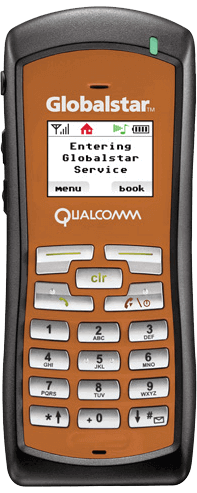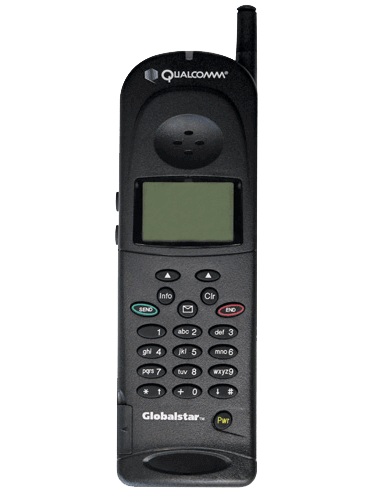Answering the Call of the Wildfire
Predictions for the 2024 wildfire season signal that “the usual suspects” – the Northwest and the northern Rockies, and possibly California as a wild card – will become hot spots once again. North of the border, Canadians are expecting an average number of fires and above-average acreage burned, for a potential repeat of the smoky summer of 2023.
The Hidden Advantage
One thing that will not change is the work of wildland firefighters. They work on the front line 16 hours a day for two or more weeks straight during fire season. They dig trenches, burn flammable brush and try to stay alive and unharmed in one of the world’s more dangerous jobs.
Across North America, they carry a hidden advantage with them. “Hidden,” because it’s small enough to slip into a pocket, yet it’s powerful enough to send signals hundreds of miles into space. It’s a personal safety and emergency notification device called SPOT. In one reliable, easy-to-use and low-cost unit, it combines text messaging, GPS location tracking and an SOS button that signals the nearest first responders for help. It connects automatically to a low-Earth-orbit satellite network that delivers the data to headquarters as text and digital maps.
Those GPS coordinates are critical to wildland fire resource tracking. The number of personal assigned to a wildland fire varies but can easily exceed 2,500 per incident. Without up-to-date situational awareness, wildland fire operations can’t respond effectively. The GPS location of fire crews relative to the location and direction of the fire gives both decision makers and firefighters the crucial edge in both effectiveness and safety. And SPOT uniquely combines the need for location information, last-mile connectivity and simplified, standardized data management.
That’s why Federal, state and provincial fire services are big users of SPOT. With US Federal directives requiring every wildland firefighter to be tracked, they are becoming bigger users every day, because firefighters trust it. Firefighters dispatched to a new location also use it to check in when they are on the line and send status messages as conditions change. That contributes to effective wildland fire resource tracking. And for firefighters, knowing they have emergency notification at their fingertips makes it just a little easier to answer the call of the wildfire.
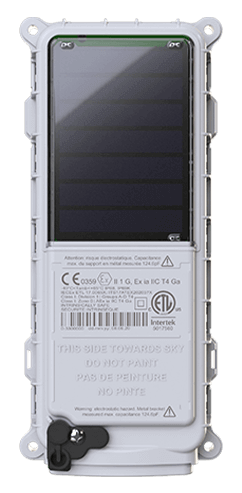 SmartOne Solar
SmartOne Solar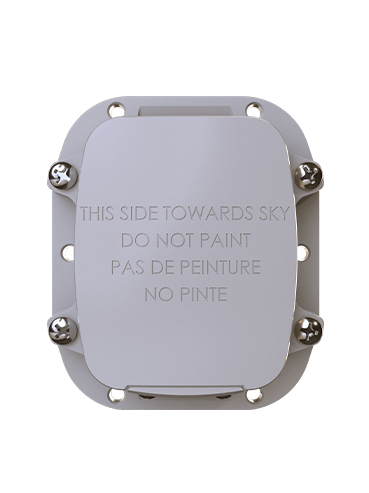 SmartOne C
SmartOne C ST100
ST100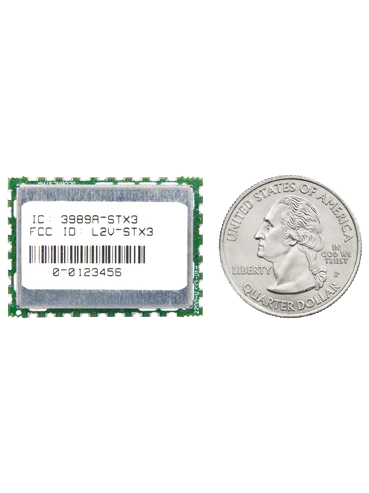 STX3
STX3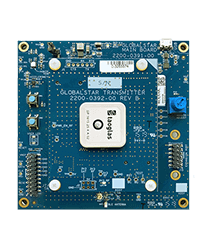 STX3 Dev Kit
STX3 Dev Kit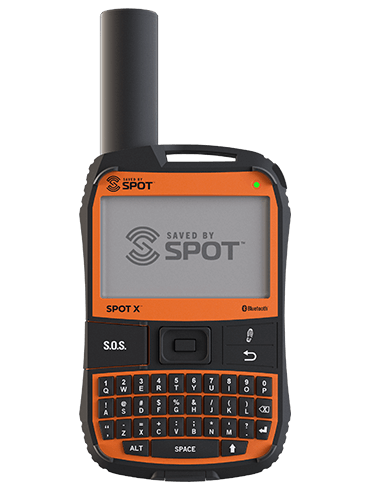 SPOT X
SPOT X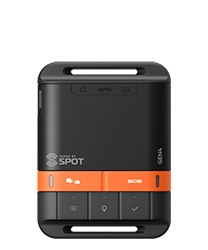 SPOT Gen4
SPOT Gen4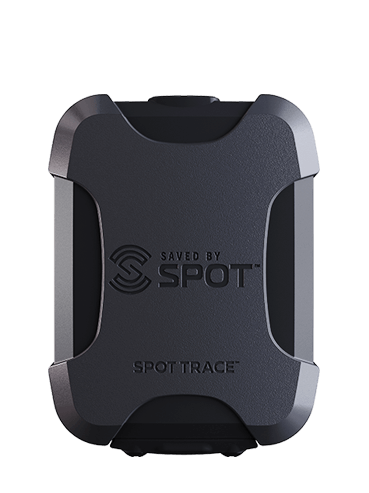 SPOT Trace
SPOT Trace